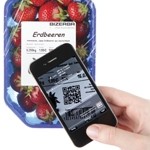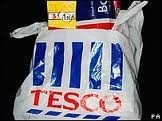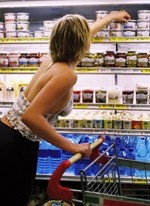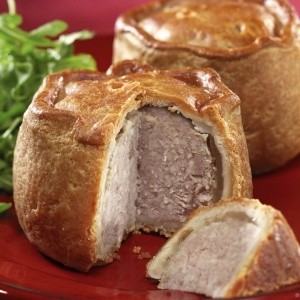Pluses and minuses of new EU labelling rules

"Importantly, the EU labelling regulation 1169/2011 lays down a minimum font size of 1.2mm," said business unit director Dieter Conzelmann. But the regulation, which comes into force in December 2014, also stipulates a nutrition panel detailing energy, fat, saturated fat, sugar and salt content. Precise provenance and possible allergens must be included, too.
One option is for labels to be preprinted with more information. But at labelling and processing equipment company Marel, marketing director Tony Ambrose doubted that this would be a real solution. "Manufacturers tend to avoid that, since it generates multiple stockholdings," he said.
Nutritional data
In fact, as Bizerba points out, manufacturers may not have this option, since nutritional data is supposed to be batch-specific. So, for smaller food manufacturers in particular, the real challenge may be more in ensuring that data is kept up-to-date.
"We recommend that data should be accessed from an enterprise resource planning (ERP) or other management system," said Conzelmann. "That provides greater flexibility." But he recognised that an ERP system could represent a major investment for a small company. "You can use the labelling data system as a bypass, while waiting to install full ERP," he added.
In most cases, said Bizerba, existing print-and-apply hardware should accommodate the new requirements without any significant impact on line speeds. Software updates include new database fields for nutritional information.
But the increased burden of data may prompt some food and drink manufacturers to switch to C-wrap labels, for example, according to the company. "Some information could also be transferred from the top to an additional base label," said Ambrose at Marel. "That would not affect line speeds."
QR codes
Since labels will, in any case, have to specify the product's point of origin, some manufacturers are taking this a step further and 'personalising' labels with a quick response (QR) code. These 2D matrix codes allow consumers to access, say, farm-specific web pages via a camera phone.
"In the food industry, the static QR code with a link to a single, general internet page isn't very useful," said Conzelmann.
"But to generate a dynamic QR code, the processing speed needs to be higher." That, in turn, could mean investing in a higher-specification coder.
On the other hand, said Bizerba, the marketing possibilities of linking consumers to source- specific data could help to compensate food manufacturers for incurring higher labelling costs.

















